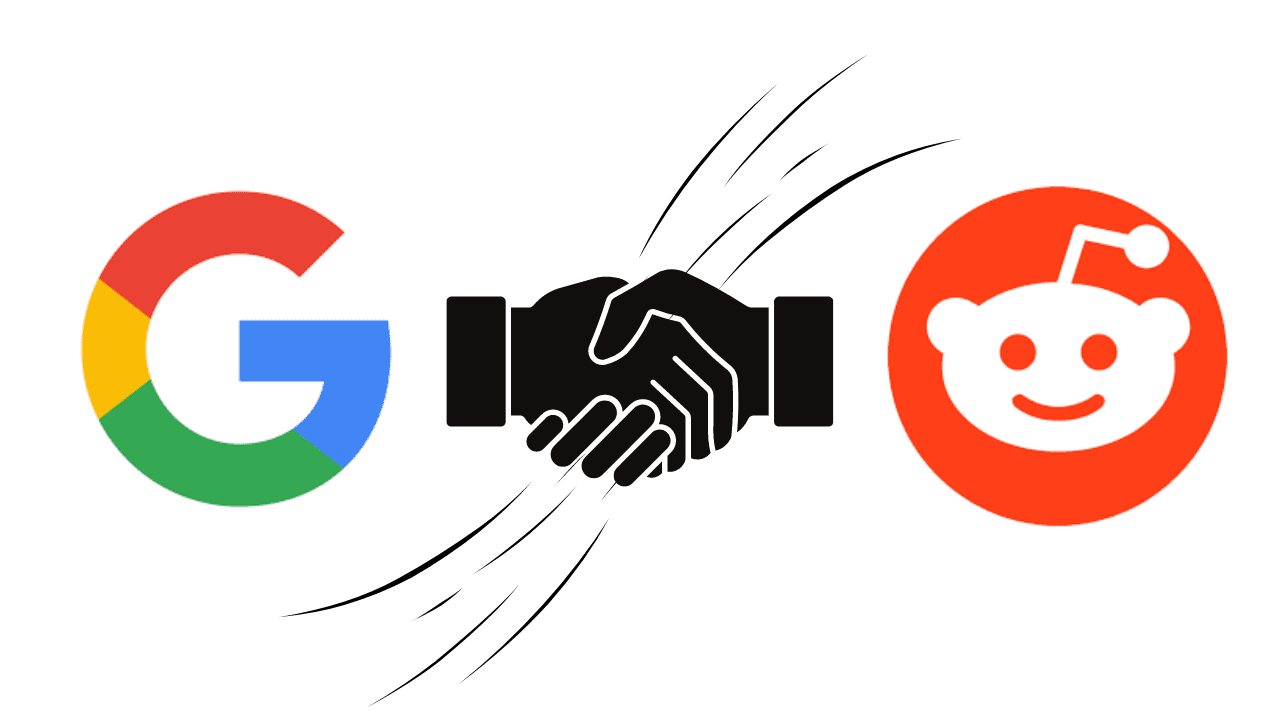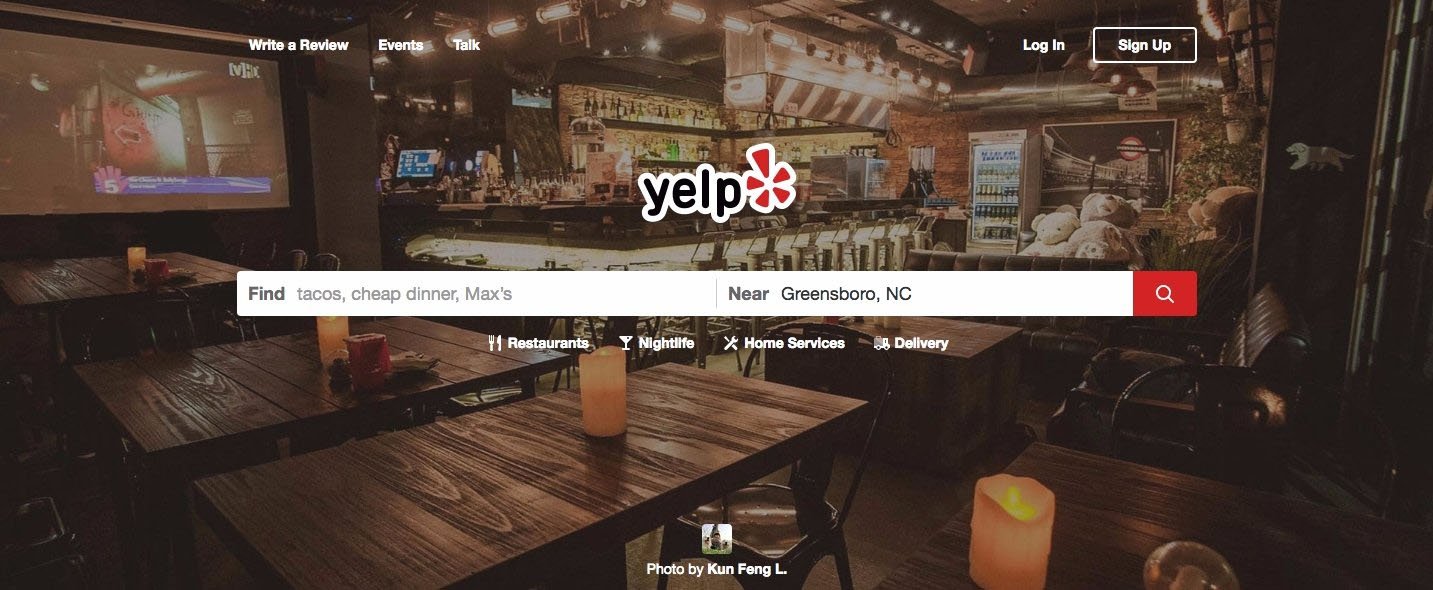When you search for something online, you usually click on a link to get the full answer. But have you noticed that more and more, you don’t need to click at all? That’s because of something called a zero-click search. It’s when you type a question into a search engine, like Google, and the answer appears right there at the top of the page—no clicking required. Let’s break it down simply.
What is Zero-Click Search?
Zero-click search happens when a search engine provides the answer directly on the search results page. Instead of needing to click a link to another site, the answer is right there. For example, if you search for "weather in New York," Google often shows the current temperature and forecast in a box at the top of the results. You don’t need to click on a weather website because you already have your answer.
Why Are There More Zero-Click Searches Now?
Search engines have been designed to make things easier and faster for users. They want to provide you with answers as quickly as possible, so they’ve added features to keep you on the results page. This includes things like:
- Featured Snippets: Short summaries of answers to questions, like “How to bake a cake.”
- Knowledge Panels: Information boxes that provide details about people, places, or things, like a mini-biography for a famous person.
- Quick Answer Boxes: Instant answers to questions like “What’s the capital of France?”
These features mean you might get the information you need without clicking on any links.
How Does This Impact Websites?
For websites, zero-click searches can be a bit of a mixed bag. On one hand, it’s great that their information might be seen by more people. But on the other hand, fewer people may actually visit their website since they already found the answer on the search page. For businesses and content creators, it means they may need to rethink how they provide information to attract visitors who want more details than what appears in a quick answer.
Why Does It Matter for Search Users?
Zero-click searches make it easier to get quick answers without extra steps. It’s convenient if you’re looking for fast facts or simple information. However, if you’re looking for in-depth details or want to compare answers from different sources, you might still need to click and explore beyond the search page.
Businesses can adapt to the rise of zero-click searches by optimizing their strategies to still capture attention and drive value, even if users aren’t clicking through as often. Here are several ways businesses can make the most of zero-click searches, along with counter-strategies to maintain traffic and visibility:
1. Optimize for Featured Snippets
- Strategy: Aim to be the answer that appears in featured snippets (the boxes at the top of search results with brief answers to questions). To do this, structure content with clear, concise answers to common questions, using headings, lists, and bullet points to make it snippet-friendly.
- Benefit: Even if users don’t click through, your brand will be seen as a trusted authority on the topic.
2. Focus on Branding in the Content
- Strategy: Since users may not visit your website, make sure your brand name and unique value are visible in snippet content. Mention your brand subtly within your content, so that when people see it, they remember who provided the helpful information.
- Benefit: Building brand recognition, even if there’s no click, can increase the likelihood of users coming back to your brand when they have more in-depth needs.
3. Use Schema Markup to Appear in Rich Snippets
- Strategy: Adding schema markup (structured data) to your website can help search engines understand your content and display it in a visually rich format. Types of schema include FAQs, reviews, and product details, which can help your content stand out.
- Benefit: Rich snippets make your content more engaging and visually prominent, increasing the likelihood of attracting clicks even when other information is displayed.
4. Develop In-Depth Content
- Strategy: Create comprehensive, in-depth content on topics that go beyond quick answers. Users looking for more than a simple response will be more inclined to click through to get the complete picture.
- Benefit: Detailed content attracts users who need deeper information, improving your content’s chance of being viewed.
5. Use Long-Tail Keywords and Niche Topics
- Strategy: Target longer, more specific search terms (e.g., “how to start a small business in New Jersey in 2024”) that are less likely to be addressed with a single, simple answer. These searches often require more detailed explanations, increasing the chance of clicks.
- Benefit: Long-tail keywords drive visitors who want to read more, helping your site attract users with more intent to engage.
6. Focus on Local SEO with a Google Business Profile
- Strategy: If you’re a local business, ensure your Google My Business profile is fully optimized, complete with updated hours, services, and posts. This increases your visibility in local searches and maps, and helps users get the information they need to visit your business.
- Benefit: Users searching for “near me” services often want real-world answers and interactions, making it likely they’ll visit your location.
PRO TIP!
Unlock the full potential of your website with our SEO GO SERVICE! Our SEO services focus on enhancing website usability through strategic content optimization, ensuring your site is accessible, user-friendly, and aligned with search engine standards. By implementing proven evaluation techniques and usability principles, we identify and address areas for improvement, fostering a seamless user experience. Our expert-driven approach helps your site build credibility and maintain optimal performance, driving sustained growth in search visibility and user engagement.
7. Encourage Customer Reviews and Ratings
- Strategy: Reviews and ratings can appear directly in search results and lend credibility. Encourage happy customers to leave reviews on Google, Yelp, or other review platforms.
-
Benefit: High ratings and positive reviews can influence users even if they don’t click through, helping build trust and drive in-person visits or brand interest.
8. Create Visual and Video Content
- Strategy: Optimize images and videos to appear in Google’s image and video carousels. Use descriptive file names, alt text, and schema markup for media. Video content that answers FAQs or demonstrates products can also rank highly in video snippets.
- Benefit: Visual content in search results can grab attention and invite more interaction, especially when users prefer to watch instead of read.
9. Build an Engaging Social Media Presence
- Strategy: Since some zero-click searches pull content from social media, having a strong social presence on platforms like Twitter, LinkedIn, or Instagram can help increase your brand’s visibility. Share content that answers common questions or provides updates to position yourself as a resource.
- Benefit: By being active on platforms that appear in search results, you can attract more followers and engagement, even if users don’t visit your site.
10. Invest in Retargeting Ads
- Strategy: Use retargeting ads on platforms like Google or Facebook to reach users who’ve visited your site before but didn’t engage. These ads can re-engage users with a specific offer or piece of content relevant to what they initially searched for.
- Benefit: Retargeting keeps your brand top of mind, encouraging users who were initially satisfied by a zero-click answer to return to your site later.
11. Utilize Email Marketing for Customer Retention
- Strategy: Create a valuable newsletter with exclusive insights, tips, or offers. For visitors who do come to your site, encourage them to subscribe, so you can connect with them directly.
- Benefit: By nurturing relationships through email, you can retain users who might otherwise stop at a zero-click search.
As zero-click searches continue to grow, businesses can adapt by focusing on brand visibility, delivering in-depth and engaging content, and investing in other ways to connect with users. By shifting strategies to enhance brand presence on search pages, businesses can continue to grow their audience, even without the traditional click-throughs.






Leave a comment
0 Comments